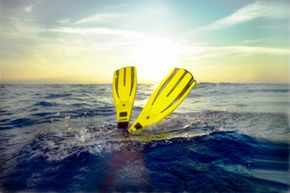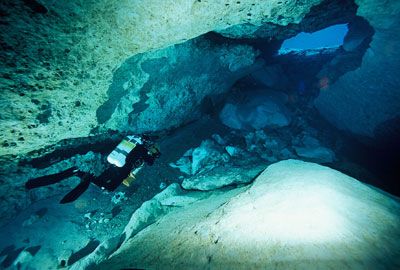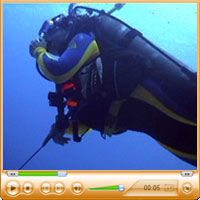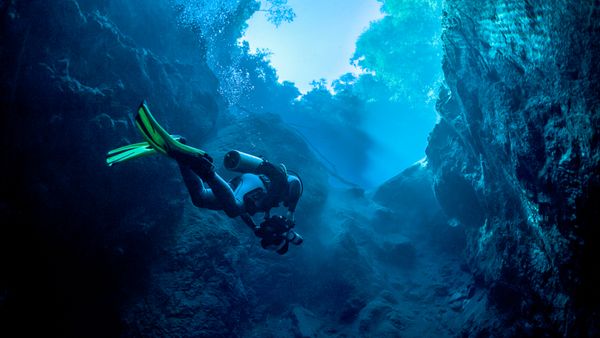Actually, if you're a confirmed landlubber, what you're probably wondering is: What would possess anyone to dive deep into the ocean without an oxygen tank in the first place? If humans were meant for such activity, we'd have gills and finned extremities, wouldn't we?
Well, what might seem like an impossible, watery nightmare to ordinary mortals is merely a challenge to an elite breed of aquatic athletes known as freedivers, who've trained their bodies and minds to function underwater for long periods without taking a breath. Freediving's Michael Phelps equivalent is a 39-year-old Austrian named Herbert Nitsch who is capable of going without a gasp of air for more than nine minutes straight and who has held 22 world records recognized by the International Association for the Development of Freediving (AIDA), the sport's governing body [source: Beyond Limits]. In 2007, Nitsch shattered his own world record in the ultimate "no-limits" category, in which divers are permitted to use a ballast to help them descend. He reached a depth of 702.1 feet (214 meters), according to AIDA stats. To get a sense of the magnitude of his feat, imagine submerging a 58-story skyscraper and then swimming down to the first-floor lobby.
Advertisement
But Nitsch isn't satisfied with being the closest thing we have to a real-life Aquaman. He hopes eventually to descend to 984 feet (300 meters). That's nearly as deep as the most accomplished scuba divers in the world are able to go -- with oxygen [source: Monroe].
So how is it that freedivers are able to dive so deep and last so long without taking a breath? One reason is the diving reflex, an evolutionary adaptation that enables seals and dolphins to dive deep and stay underwater for extended periods by slowing and/or shutting down some physiological functions. As scientists have discovered, even though humans evolved on land, we've retained a trace of that reflex, too. Freedivers have learned to push self-induced apnea -- the scientific term for going without breathing -- to new extremes through sophisticated mind-body control techniques similar to those employed by meditating yogis and martial artists.
So, what's the science behind holding one's breath? Are we really part dolphin?
Advertisement



